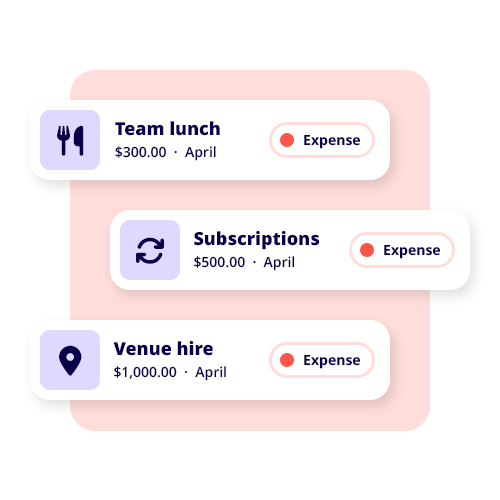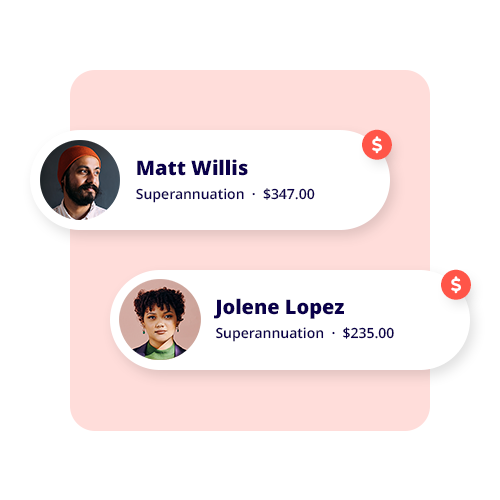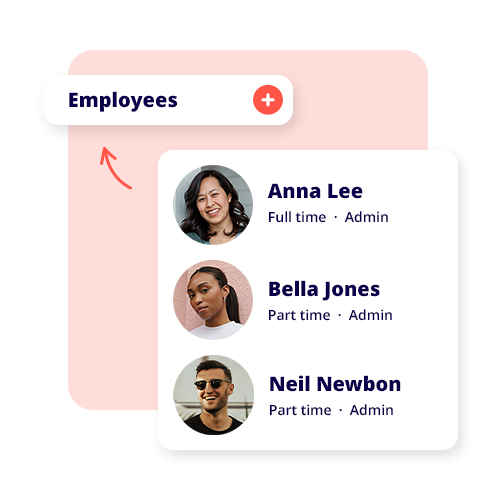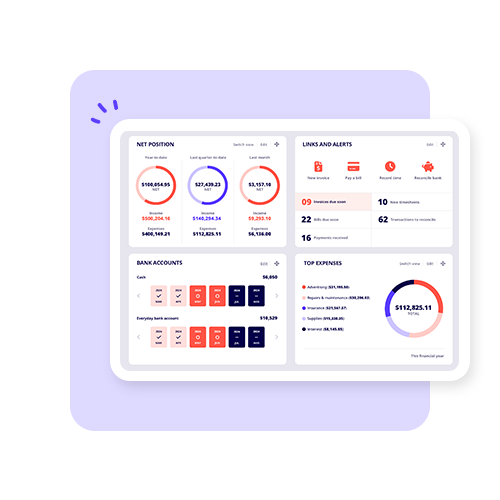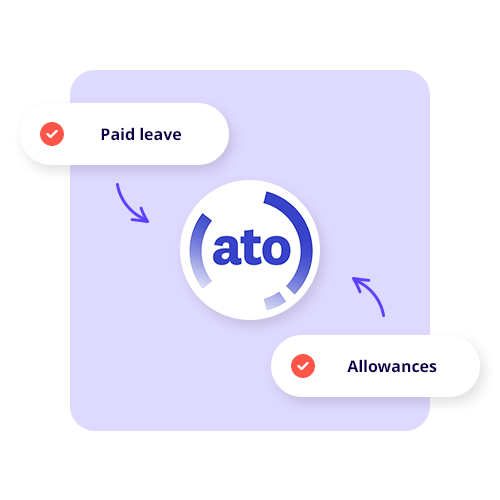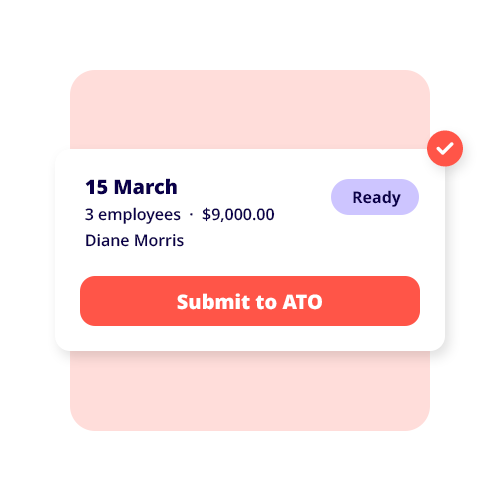TABLE OF CONTENTS
- What are retained earnings?
- What is the retained earnings formula?
- Are retained earnings an asset or equity?
- Are retained earnings the same as net profit?
- How do retained earnings impact business valuation?
- What are the factors that influence retained earnings?
- Why should your business calculate retained earnings?
No matter what type of business you run, it’s worth familiarising yourself with retained earnings — especially if you want the company to grow and be able to reinvest profits. Our helpful guide will explain exactly what retained earnings are, how to calculate them, and why they play a vital role in financial planning.
What are retained earnings?
Retained earnings are the cumulative net profits your business keeps after paying all your expenses and taxes, or distributing dividends to shareholders if it’s a publicly listed company.
These earnings can then be reinvested into the business rather than paid out to the owners, helping to fund new operations, expand the business, reduce debt, or pursue other financial avenues.
Over time, retained earnings show how well your business manages its profits and reinvests them into growth opportunities. Notably, retained earnings are reported on the balance sheet under equity.
What are negative retained earnings?
If your business’s cumulative losses exceed profits, resulting in an accumulated deficit, you’ll get negative retained earnings. This is a bad situation that’s often a sign of poor financial health, which means the business has incurred more expenses than revenue over time.
Companies dealing with this issue tend to have difficulties reinvesting for growth or paying stock dividends. While some businesses can recover from an accumulated deficit by becoming more profitable, others might need to seriously restructure their operations, secure a new financing stream or reduce costs elsewhere to return to positive retained earnings.
What is the retained earnings formula?
Retained Earnings = Beginning Retained Earnings + Net Profit – Dividends Paid (or Payments to Owners)
Here’s how it works:
- Beginning Retained Earnings: The retained earnings balance from the previous financial year.
- Net Profit or Loss: The profit (or loss) generated in the current accounting period.
- Dividends Paid (or Payments to Owners): Any portion of profits distributed to shareholders or payments made to owners if the business is private.
It’s a good idea to keep this formula handy. It can help you monitor the profits reinvested over time and then adjust your payments or operational strategies accordingly.
Are retained earnings an asset or equity?
Retained earnings are classified as equity, not an asset. While they represent profits that could potentially be used for future investments, they are technically equity that can be used to buy inventory or equipment, for example.
Assets are the physical items of value your business owns, like cash or property, while retained earnings are part of the financial resources held within your business’s capital structure.
Are retained earnings the same as net profit?
Both retained earnings and net profit show whether your business is profitable. However, they represent different stages in financial management. Here’s how:
- Net profit is the income earned after all expenses, taxes and interest are deducted (i.e. net income). It’s reported on your profit and loss balance sheet for a specific period.
- Retained earnings, on the other hand, show how much of the net profit has been kept and reinvested into the business, minus any payments to owners or shareholders.
In essence, net profit is a snapshot of performance for a set period, while retained earnings give you a much broader view of how profits have been used over time. Both are important for your company’s balance sheet.
How do retained earnings impact business valuation?
Investors and potential buyers will examine a company’s retained earnings to gain a clearer picture of its long-term profitability and reinvestment strategies. A history of consistent retained earnings shows operational stability, which will make the business more attractive.
Retained earnings also give insight into how efficiently those profits are reinvested, whether to contribute to future growth or expansion plans or to improve the business’s competitiveness in the market.
What are the factors that influence retained earnings?
- Profitability: The more profits your business generates, the greater the opportunity to
increase retained earnings. - Dividend policy: Businesses that distribute a high percentage of profits to shareholders will have lower retained earnings.
- Operating expenses: High expenses can reduce net profit and, by extension, retained earnings.
- Economic conditions: In turbulent economic times, businesses might need to dip into retained earnings to keep their operations running smoothly.
- Reinvestment decisions: Companies that regularly reinvest profits into new projects or assets might see their retained earnings fluctuate based on spending priorities.
Why should your business calculate retained earnings?
- If you’re planning for growth: Retained earnings clearly show how much capital is available for reinvestment in the business. Decision-makers within the company can use this information to fund expansion projects, buy new assets or look for new growth opportunities — without relying too heavily on external financing.
- To monitor your financial health: By regularly tracking retained earnings, you can keep an eye on your company’s profitability over time. Healthy retained earnings on an income statement indicate that the business is not only generating profits but also managing cash flow well.
- To influence dividend policy decisions: Calculating retained earnings helps publicly listed businesses strike a balance between rewarding shareholders and retaining funds for future growth. For private companies, it can also help with decision-making around any payments to owners from those retained earnings.
- To better manage debts: Your business can use retained earnings to repay existing loans, reduce interest costs, improve the company’s creditworthiness and more.
- To attract new investors: Investors will look at retained earnings as a sign that the business is committed to long-term growth. A solid reinvestment track record can boost investor confidence and attract more funding.
While it can seem complicated at the outset, retained earnings is simply another way to look at your company’s equity and how you may fund sustainable growth projects.
As a business owner, tracking retained earnings is a good habit to get into — it’ll deliver insights into your profitability, reinvestment capacity and financial planning. With this knowledge at hand, you’ll be able to build a strong foundation for future success.




